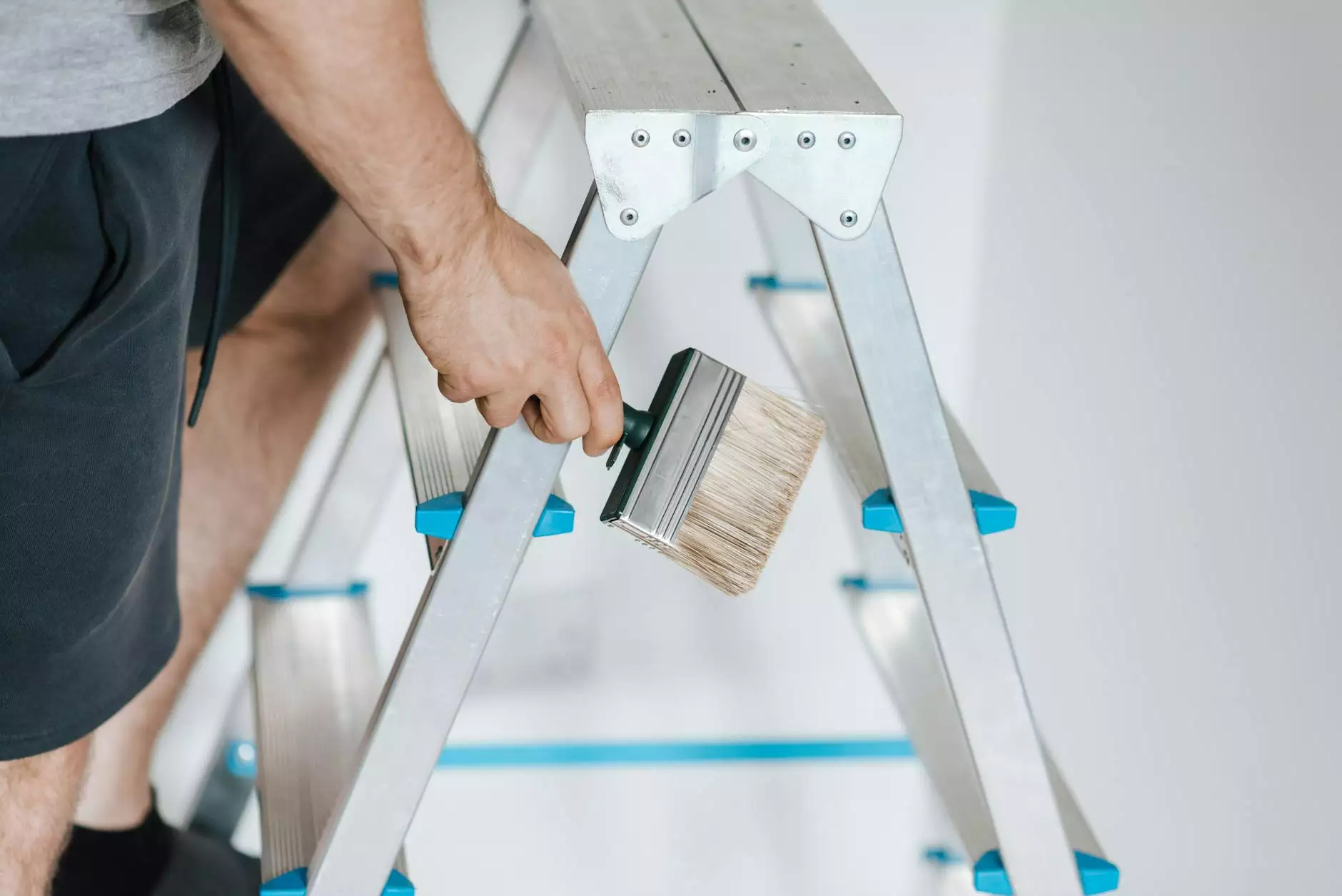Expert Furnace Repair: Your Comprehensive Guide

When it comes to maintaining a comfortable home, furnace repair is an essential service that every homeowner should understand. A well-functioning furnace ensures not only warmth during the colder months but also contributes to energy efficiency and cost savings. In this extensive guide, we will delve into the intricacies of furnace repair, covering everything from signs of malfunction to the best practices for upkeep.
Understanding Your Furnace
A furnace is a critical component of your home’s heating system. It works by heating air and distributing it throughout your living spaces. Understanding how your furnace operates can help you identify when repairs are necessary and ensure it runs efficiently.
Types of Furnaces
Furnaces come in various types, and each has unique components and operational requirements:
- Gas Furnaces: Highly popular for their efficiency and cost-effectiveness. They use natural gas to heat the air.
- Electric Furnaces: These furnaces use electricity to generate heat and can be more expensive to operate but are generally cleaner.
- Oil Furnaces: Suitable for areas where natural gas is not available. They provide a powerful heat source but involve more maintenance.
- Propane Furnaces: An alternative to gas furnaces, propane is often used in rural areas.
Signs Your Furnace Needs Repair
Knowing the signs of furnace malfunction can save you from future headaches and high repair bills. Look out for the following indicators:
1. Inconsistent Heating
If certain areas of your home feel significantly colder than others, it may indicate a problem with your furnace. This inconsistency could be due to a faulty thermostat, issues with ductwork, or problems with the furnace itself.
2. Unusual Noises
Every furnace makes noise. However, if you hear strange sounds such as banging, clanking, or hissing, it could indicate a mechanical issue that requires immediate attention.
3. Increased Energy Bills
A sudden spike in your energy costs can signify that your furnace is working harder than it should, potentially due to a decline in efficiency or malfunctioning components.
4. Yellow Burner Flame
The burner flame of your gas furnace should be blue. A yellow flame indicates incomplete combustion, which can lead to dangerous carbon monoxide leaks.
5. Frequent Cycling
If your furnace frequently turns on and off, it could be a sign of a malfunctioning thermostat or another underlying issue requiring expert repair.
Preventative Maintenance for Your Furnace
Regular maintenance is crucial for optimal furnace functioning. Here are some essential practices to consider:
1. Change Filters Regularly
Clogged filters can restrict airflow, making your furnace work harder. It’s recommended to check and replace your furnace filters every 1-3 months during the heating season.
2. Schedule Annual Inspections
Having a professional HVAC technician inspect your furnace annually can help catch potential issues before they escalate into costly repairs.
3. Keep the Area Around Your Furnace Clear
Ensure that the area around your furnace is free of debris and clutter to allow safe operational airflow. This can also prevent potential fire hazards.
4. Test Your Carbon Monoxide Detector
A carbon monoxide detector is essential for any home with a gas furnace. Test your detector monthly, and replace the batteries at least once a year.
Furnace Repair Process: What to Expect
Understanding the furnace repair process can help you know what to expect when you call in a professional:
1. Diagnostic Assessment
The technician will first assess the situation by inspecting your furnace. They will check for visible issues and use diagnostic tools to identify any malfunctioning parts.
2. Explanation of Issues
Once the issues are identified, the technician will explain the problems to you and present potential solutions, including the costs involved.
3. Repair or Replacement
Depending on the severity of the issue, the technician may perform the repair on-site or recommend replacement if the furnace is beyond repair.
4. Follow-Up Maintenance Advice
After the repair, the technician will often provide maintenance tips to help you avoid future problems. Following these tips can extend the life of your furnace.
Choosing a Reliable Furnace Repair Service
When it comes to choosing a furnace repair service, you should consider the following factors for the best results:
1. Experience and Reputation
Look for companies with a solid reputation in the community. Customer reviews and testimonials can provide insight into their reliability and quality of service.
2. Licensing and Certifications
Ensure that the company is licensed and certified. This guarantees that their technicians are trained and authorized to perform furnace repairs.
3. Transparent Pricing
Choose a repair service that offers clear and transparent pricing. Get estimates from multiple companies before making a decision.
4. Emergency Services
Furnace issues can arise at any time. A company that offers 24/7 emergency service can provide peace of mind, knowing help is just a call away.
DIY Furnace Troubleshooting Tips
Before calling a professional, there are a few troubleshooting steps you can take:
1. Check the Thermostat
Sometimes, the thermostat could be set incorrectly. Ensure it’s set to heat mode and the desired temperature is selected.
2. Inspect Power Supply
Check whether the furnace is receiving power. If it’s electric, ensure the circuit breaker hasn’t tripped.
3. Examine the Air Filter
A clogged air filter can restrict airflow. If it looks dirty, replace it and check if the problem persists.
4. Look for Obvious Blockages
Check the ducts and vents for any blockages that could impede airflow. Clear them if necessary.
The Benefits of Professional Furnace Repair
While DIY troubleshooting is helpful, there are numerous benefits to hiring professionals for furnace repair:
1. Expertise
Professionals possess the knowledge and skills to diagnose and fix issues that may not be apparent to the average homeowner.
2. Safety
Furnaces can pose serious safety hazards, especially gas models. Professionals are trained to handle these risks safely.
3. Warranty Coverage
Many furnace repairs come with warranty coverage, providing you with peace of mind in case of future issues.
4. Increased Longevity
Regular professional repairs and maintenance can significantly increase the lifespan of your furnace, ultimately saving you money.
Conclusion
Understanding furnace repair is essential for every homeowner. By being proactive, recognizing the signs of trouble, and scheduling regular maintenance, you can ensure your furnace operates efficiently and safely for years to come. Don't hesitate to reach out to a trusted professional for assistance when needed. Choose a qualified service provider to keep your heating system in top condition, and enjoy a warm, comfortable home through the winter season.
For more information on furnace repair and other Home Services, visit Regraves HVAC.









